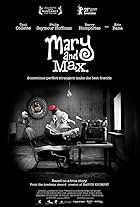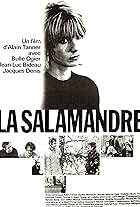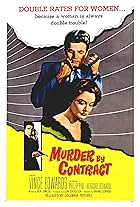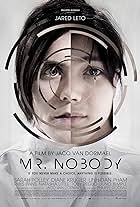This movie, directed by Helma Sanders-Brahms, a central figure of the New German Cinema, gives a fascinating and accurate portrait of the lost generation of the 68 student revolution. Most admirable is the fact that this movie, made already in 1974, proves a critical distance of the film maker toward the revolutionary events only some years before. There is no irony, no sarcasm, no cynicism, no anger and not even any partisanship from the side of the director that could be sensed during the movie. Especially the American audience that is not necessarily aware of what happened in the Germany of Sixties should be aware that this revolution concerned not only the rights of students, but questioned the relationship between women and men, children and adults, young and old, the abuse of might by the state, the possible introduction of a socialist state form also in West Berlin, etc. Sanders-Brahms shows in her movie clearly, that at least for the two protagonists, Grischa Huber and Heinrich Gierkes, who bear their real-life names, these ideas of revolution have been dissolved. The result is a full incapacity of dealing in their partnership as well as in society. A return to the pre-revolutionary ideals seems as impossible as the continuation of the revolutionary values. Although Grischa begs Heini to start again over and to try "a new form of human inter-communication", at the end, both of them realize that this seems to impossible in a society where living according to ideas belongs strictly to idealists and where the idealism does not touch the materialistic structure of the organization of a state whose part the idealists, too still are. They are also aware that the socialist and pseudo-idealistic society in the Eastern half of Berlin, just on the other side of the Iron Curtain, visible from their apartment on the Prenzlberg, works solely because of the totalitarian force by which the state keeps up these pseudo-idealism and which is therefore fascistoid if not fascistic. This movie, that presupposes a knowledge of the wild years at the end of the sixties in Germany and thus may not reach easily an international audience is nevertheless to be considered a milestone both in dealing with history and of film-making.
















